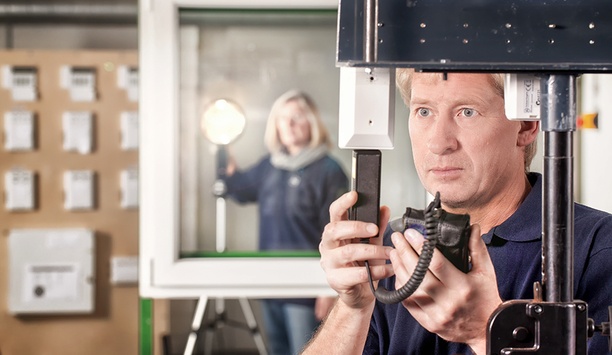Günter Grundmann

Günter Grundmann
Head of Security Laboratories, VdS Schadenverhütung GmbHGünter Grundmann is the Head of Security Laboratories at VdS.
News mentions
The VdS-concept for the important minimisation of false alarms by intruder alarm systems has been standard in Germany since the 1970s. The additional security factor referred to as “Coerciveness...
Fingerprints are formed by the so-called friction ridges on our fingertips. These characteristic lines in the skin are unique for every person and even for each finger. Thus, they are also suitable fo...



































